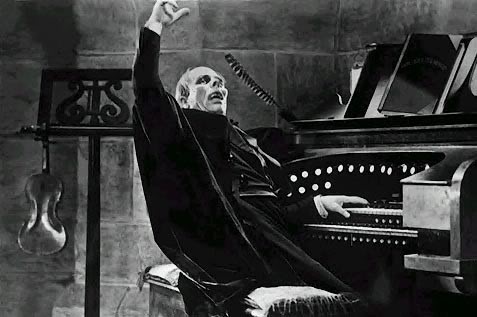




Diatonic Phrygian Tetrachord
On July 6, 2014, WNYC broadcast �The
World�s Most-Used Musical Sequence�, which was an hour-long compilation of
musical excerpts demonstrating the use of the Diatonic Phrygian Tetrachord. NPR
followed up with five minutes on Weekend
Edition on July 20. Despite the forbidding academic name, this series of
four notes, with many modifications, has been used for centuries by musicians
all over the world.
The basic sequence is four descending
notes with the pattern whole step, whole step, half step. On a piano keyboard,
one example would be the four white
notes going down starting from E. Retrograde, it would be B C D E; inverted it
would be E F# G# A. Another type of modification is increasing the intervals,
such as to major third, major third, minor third. When harmonized in the manner
frequently found in flamenco music, it is known as the Andalusian Cadence.
Other kind of modifications are altering the order (such as the opening notes
of Beethoven�s Fifth), or interposing notes while the sequence remains
relatively stressed.
This composition uses the Diatonic
Phrygian Tetrachord both unmodified and highly modified in pretty much every
way I could think of, frequently with several modifications simultaneously, in
a reasonably contemporary idiom. I will leave it to musicologists yet unborn to
deal with the analytical details, as I have some pride in not having opened a music
theory book since 1975, and I don�t want to have to look things up.
The
composition started as the middle movement of Three Pieces for Violin and Piano, written for Eric Pritchard. This orchestration
for solo
violin and chamber orchestra fits the instrumentation of the Meredith
Sinfonietta, a student ensemble at Meredith College conducted by Jim
Waddelow. They performed this piece on October 22,
2015, with the video link above. Eric and Greg McCallum performed the violin and piano edition at
Duke in January 2015, and the recording and video are listed on the 3 Pieces for Violin and Piano web page listed on the
Music page under Music for Strings.